5 Top Tips To Pest-Proof Your Pantry For Good
Check out these non-toxic and inexpensive methods you can enlist to send those pantry pests packing!
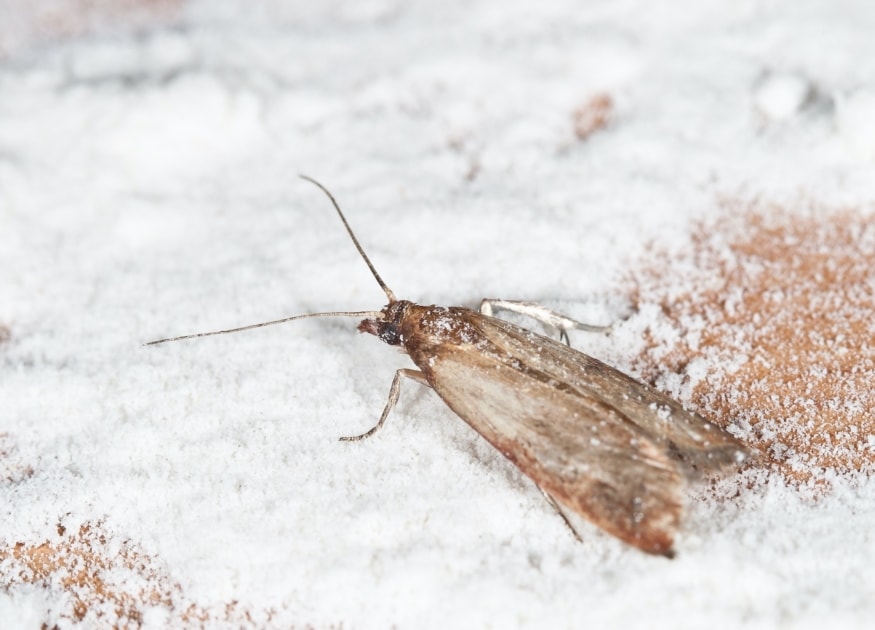
Opening up a bag of food and discovering something crawling around in its contents can be an unwelcome sight, not to mention completely unappetizing and unhealthy. And, it wastes food, which no one wants to do. If you have ever had a surprise encounter with a pest of any kind in your pantry, the most common being a mouse, moth, or beetle, you know that if there’s one, there’s probably more.
While pantry pests can be frustrating, you don’t always need to call in the professionals. There are many non-toxic and inexpensive methods you can enlist on your own to send the creepy crawlies packing. These helpful tips can help you reclaim your pantry and rid yourself of these annoying pests!
Top Tips To Send Pantry Pests Packing!
1. Know Your Pest
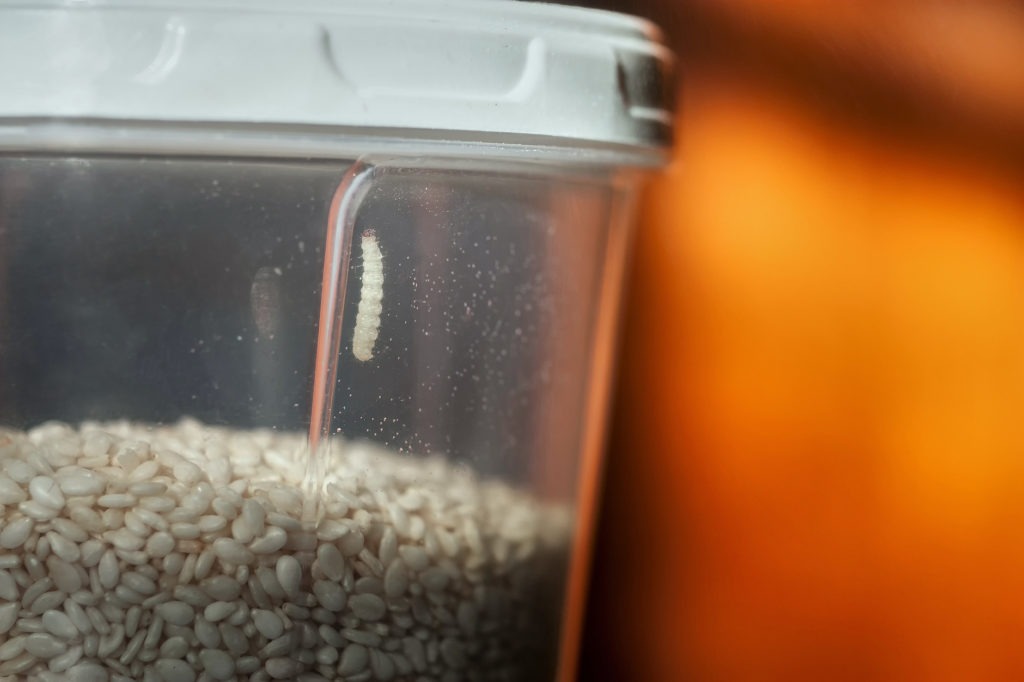
Before you begin dealing with a pantry pest problem, it is important to know exactly what you are dealing with. Every pest has its own habits and food preferences. The most common pest that infests stored food is the Indian Meal Moth, or pantry moth. While there is only one species of moth that feeds on food, there are several species of beetles, including the warehouse beetle, saw-toothed grain beetle, merchant grain beetle, the confused flour beetle, the red flour beetle, the drugstore beetle and the cigarette beetle. There are numerous sites online to help you identify specifically what you are dealing with. Most of these pests have one sole purpose, to eat your food.
2. Find The Source
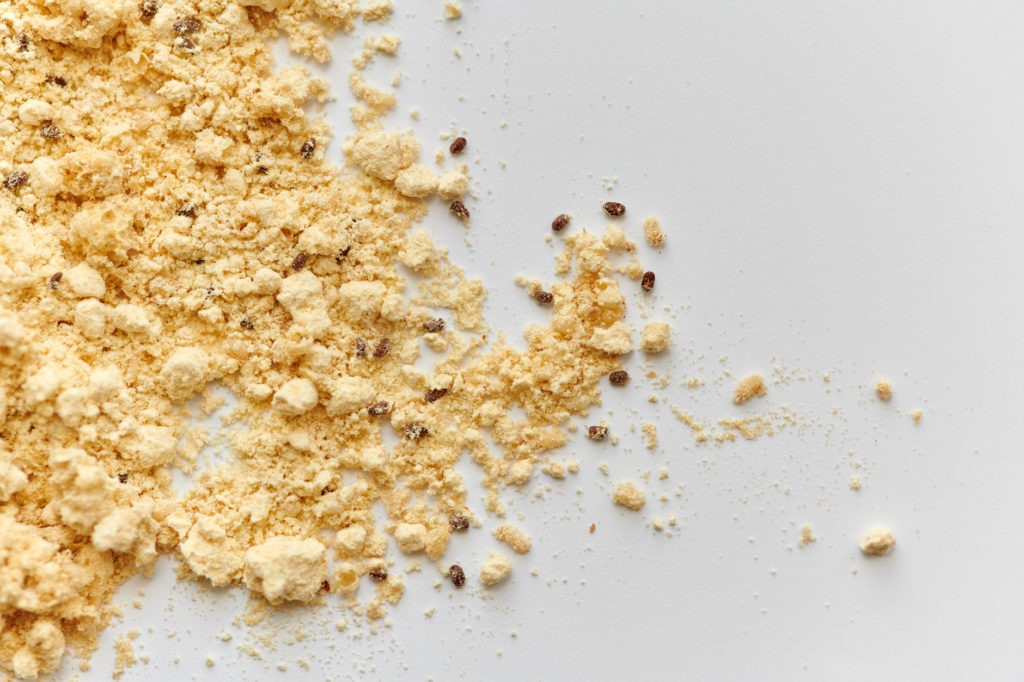
The most common sign that you have an infestation is seeing the actual pests. The most prevalent pantry pest sightings are flying beetles or moths or their light-colored worm-like larvae. The eggs are often microscopic and can be not seen with the eye. If you see spun webbing through food or on its packaging then you most likely have an infestation of pantry moths. Examine all food in the area where you see the pests.
The most commonly infested foods that you should be sure to check are milled foods such as flours, pasta, cereals, cornmeal, spices and dried pet food (including bird feed). Other foods to check include dried fruits and nuts.
3. Stop Infestation
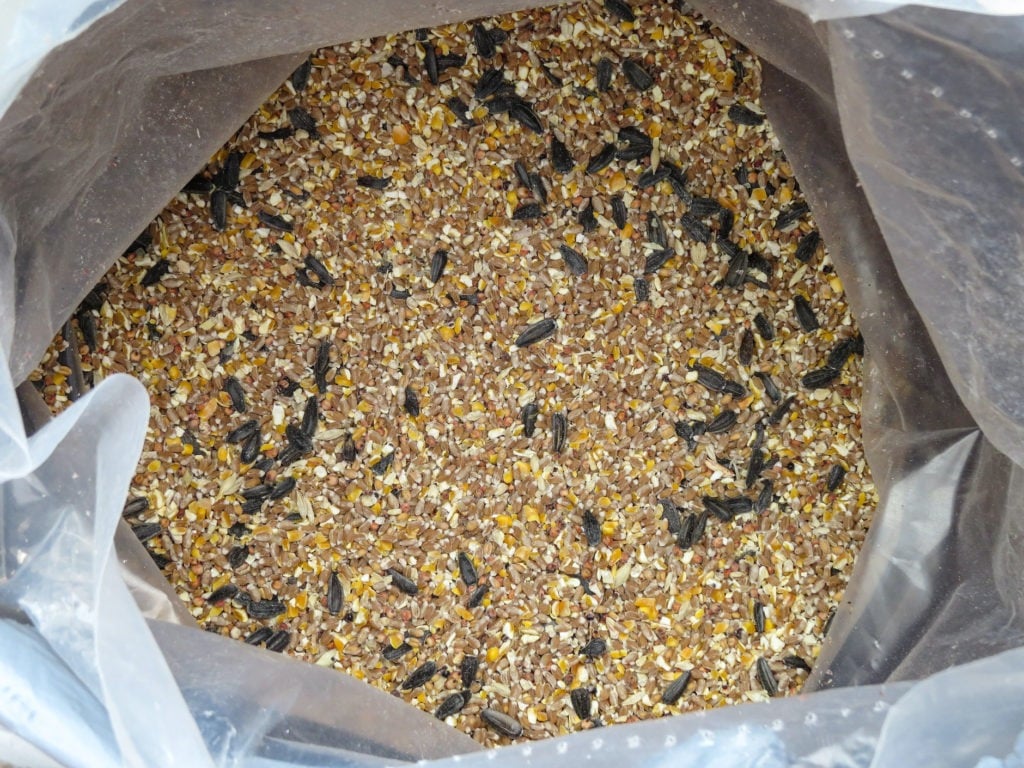
After the source of your infestation has been identified, discard any food that is infested. Be sure to throw it into an outside garbage, so you the pests do not re-infest your home. If you are unsure if an item has been contaminated, put it into the freezer for 3-4 days. This will kill the pest at any stage, including the eggs. The best way to avoid a pest invasion is to prevent them from infesting your foods in the first place. Inspect bagged and boxed food items that you bring home. While manufacturers do attempt to provide food that is pest free, they do not always succeed. Once you place contaminated food onto your shelf, they quickly multiply and can infest your other food.
4. Clean Your Pantry
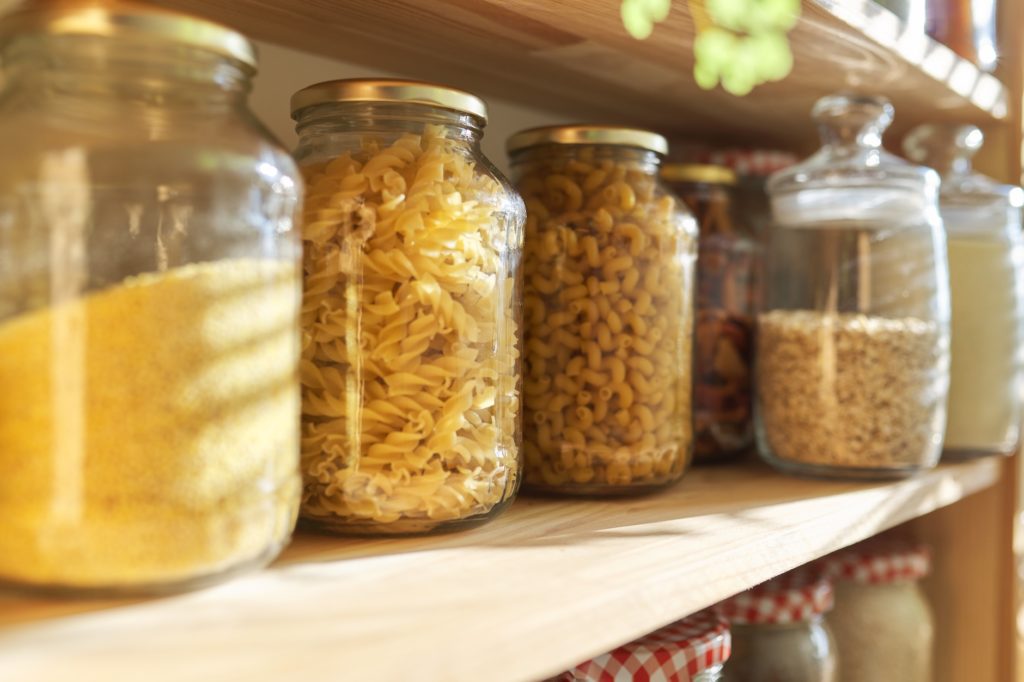
Clear the entire area of both infested and non-infested food. Thoroughly vacuum your shelves, making sure to get into the corners and cracks. Larvae like to make homes in the cozy dark corners of your pantry. Be sure to empty your vacuum immediately and discard contents into an outside garbage. Next, wash the entire area with hot soapy water and/or white vinegar.
Try adding a few drops of essential oils, such as citronella, peppermint, eucalyptus, or tea tree. Once you are done cleaning, leave the door to your pantry open overnight to ensure that it is entirely dry from the washing before you restock your shelves.
5. Prevent Further Infestations
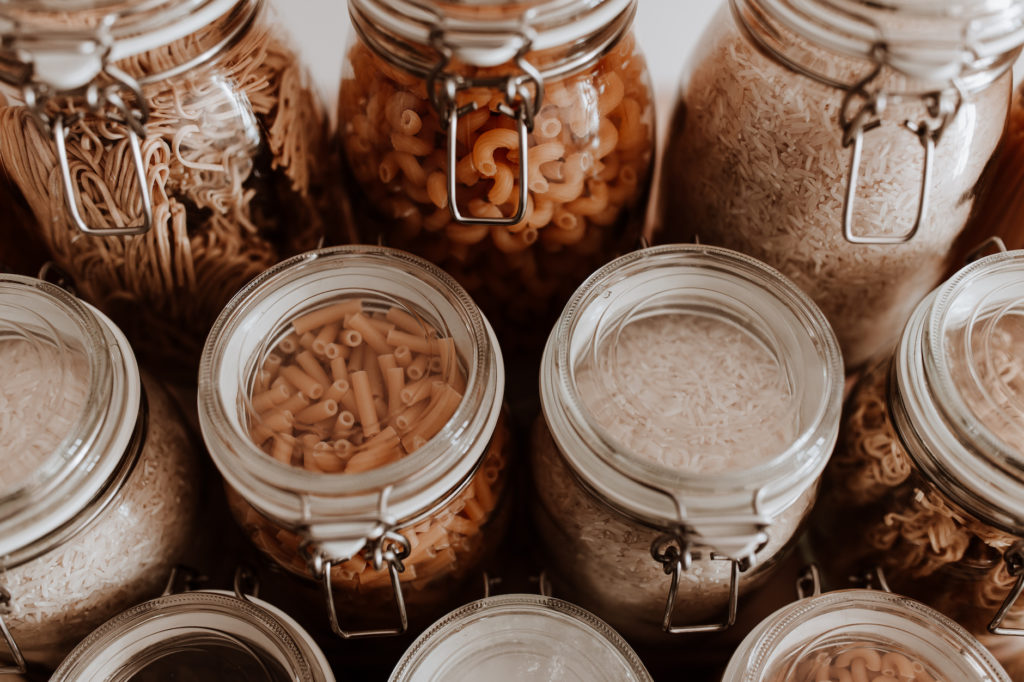
Store all food in airtight glass, metal or thick plastic containers. Bay leaves also work great at repelling all pantry pests. The leaves can be placed directly in containers of flours, rice, and other dry goods. You can also hang or tape them onto your pantry shelves. If you can’t find fresh bay leaves, dry leaves will work. Be sure to replace the leaves every few months as they lose their potency.
Pheromone traps are also helpful at attracting and trapping moths. Once you believe your pantry pest problem is over, continue to keep a watchful eye for a reoccurrence. Even one missed egg can lead to a new infestation. You may also wish to freeze all new dried goods for a few days before storing them to prevent bringing in any more pesky pests. Before purchasing bagged or boxed products, examine them for damage and ensure that the seal is intact. As in any pest infestation problem, be sure to keep your pantry clean by sweeping, vacuuming, and mopping up any spilled foods.
While moths and beetles are the most likely to be found feasting on your food, other pests are not too picky about their meals and can also be found lurking in or near your pantry. Ants, rodents, cockroaches, and fruit flies are all common visitors to the kitchen.
Additional Pantry Pest-Proofing Tips
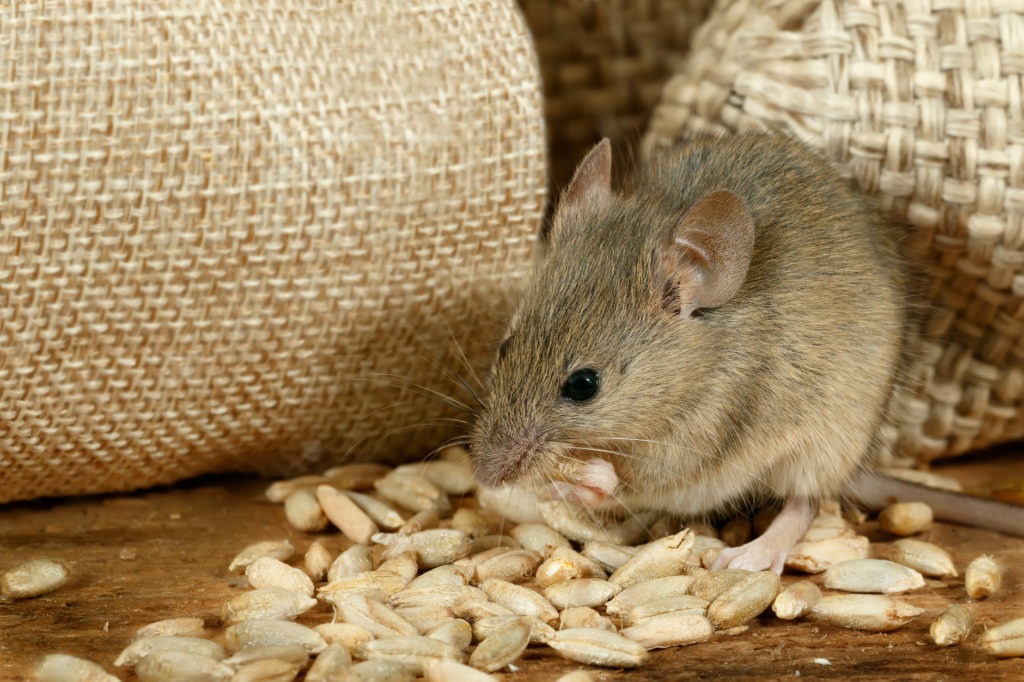
Here are some additional helpful tips to keep these pests out of your kitchen as well.
- Seal any cracks or openings in order to prevent them from entering in the first place. Plugging up holes and trimming back trees from around the house can have a great effect on eliminating infestations of kitchen pests, such as ants and mice.
- Eliminate the food source. If your compost bin is attracting fruit flies or ants, empty it regularly and store it outside. You may also need to store your fruit bowl in the fridge, especially during warmer months when fruit flies tend to visit.
- Place a cup of cider vinegar and few drops of dish soap in a bowl on your counter. This will attract and pull in the fruit flies. See more fruit fly trap ideas here!
- Place cucumber peels in the area where you’ve seen ants. Ants detest cucumbers and will stay away. You can also try sprinkling a line of cayenne pepper, cinnamon (powder or oil), lemon juice, or coffee grounds along the area where you suspect ants may be entering your kitchen. They will often not cross the line. More ant trap ideas here!
- There are a variety of non-toxic rodent traps that you can experiment with if you are experiencing a mouse problem. If you can’t stomach the snap-back traps, there are live traps that are effective. If you plan on releasing any mice after you have caught them be sure to release far away from your home, and those of your neighbors. Mice also detest the smell of peppermint. Soak some cotton balls in peppermint oil and leave them around your kitchen to deter mice. As a bonus you will have a fresh smelling and pest free kitchen and pantry!
Do you have any ideas for keeping your home pest free? Share with us in the comments below.

Natalie LaVolpe
Natalie LaVolpe is a freelance writer and former special education teacher. She is dedicated to healthy living through body and mind. She currently resides on Long Island, New York, with her husband, children, and dog.






put whole dried bay leaves in and around grain products and you will never have those tiny beetles. I put the leaves in a tea ball in the flour containers and tape a leaf inside the lid on pasta and other grain storage containers.
These are great tips! Thank you for sharing!
Peppermint no longer repels mice. Our mice were actually attracted to it and chewed right through the plastic bottle of extract! Also, they are no longer attracted to cheese or peanut butter on spring traps.
How do i get rid of roaches.Please help.
Hi Trudie Daniel, Unfortunately, roaches need professional extermination. There is nothing natural we can offer. The joke about them surviving an apocalypse is no joke as they are very resourceful. So we recommend to call a professional because if you’ve seen one, that means there is already a nest of many. Good luck!
yeah!
I use stick paper anything that walks on it sometime is the last time it gets stuck and I replace it every week. Buy at $.tree.
Nancy
When you start seeing a few roaches, know that they can hitch-hike in with grocery bags, especially paper! I always try to use paper instead of plastic but they need to be taken to trash outside as soon as possible. Within a couple months ago, I found larvae on one of my coffee filters, of all things! First time ever! Now I make sure I check each one before I use it!
Most of the pests I see are in flour. They come into house with the flour. Therefore, all flours are frozen for at least a few weeks and then stored in pantry.
Diatomaceous Earth IS great for killing pests without using poisons. If you get DE on
your hands, wash them quickly & thoroughly. DO NOT GET IT IN EYES!!!
Diatomaceous Earth is the microscopic skeletons of tiny ancient little critters that
have collected in various locations. – People who collect the DE use it for many
things, tooth cleaner that also mineralizes the teeth (it consists of calcium & other
minerals), as a wormer for their cattle & pets, as a bug killer in their homes &
probably other things I haven’t heard. Use ONLY FOOD GRADE DIATOMACEOUS
EARTH! There is a “pool grade” that is used in pool filters; but not fit for human & pet
use.
You mentioned roaches, but not how to keep them out. At times, I see one and don’t know if they are coming from outside or what. I have used several types of spray, borax and traps.
diatomacous earth will also help keep bugs out.